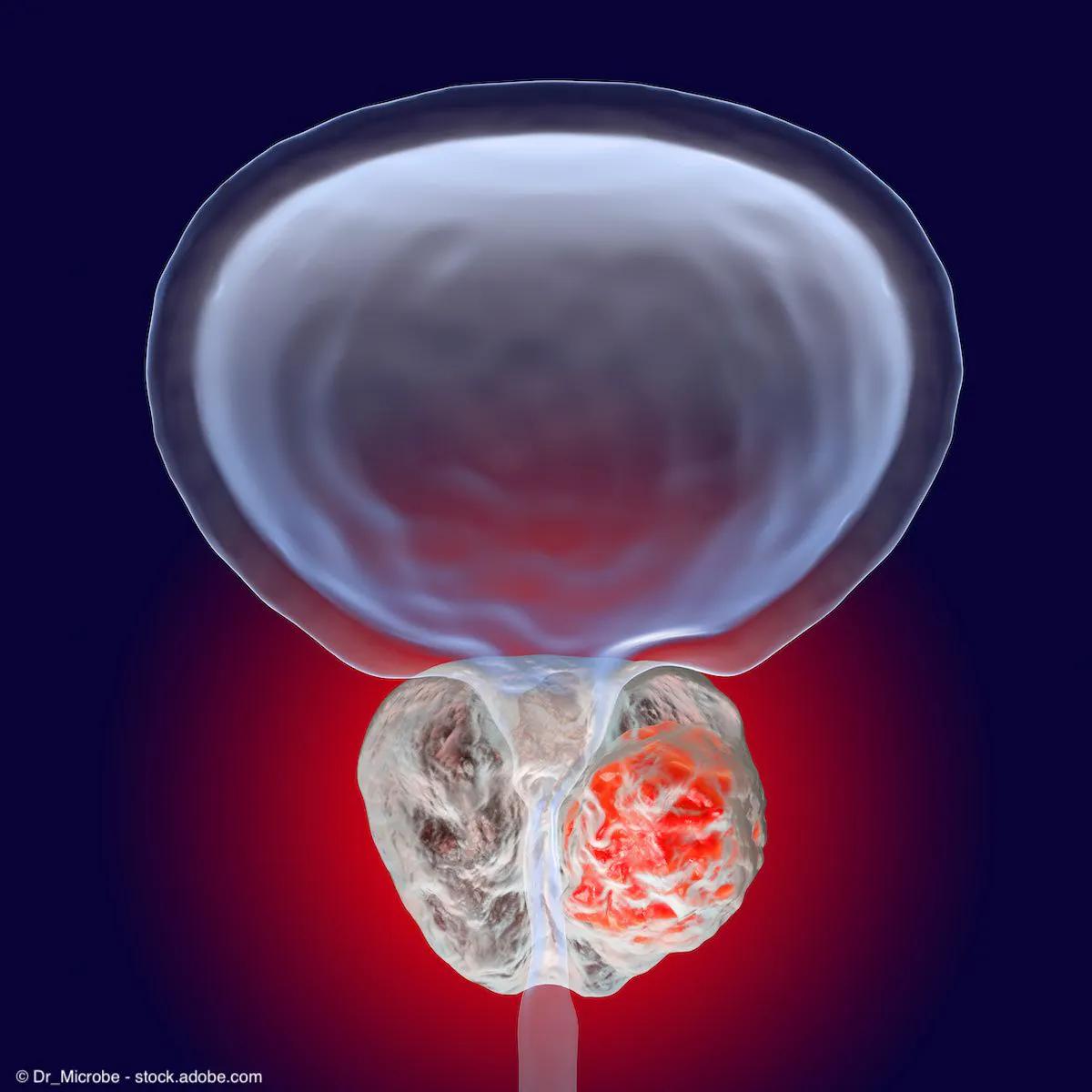Piflufolastat (18F) enters commercial market in the Netherlands
Since piflufolastat (18F) was granted marketing authorization by the European Commission in July 2023, doses have been commercially sold in Greece, Italy, and the Netherlands.
The first commercial dose of piflufolastat (18F) (Pylclari; (18F)-DCFPyL) has been sold in the Netherlands for the detection of prostate-specific membrane antigen (PSMA)-positive lesions with PET in patients with prostate cancer, according to a news release from Curium, the European distributor of the diagnostic.1
The imaging agent also received US FDA approval in May 2021.

Piflufolastat (18F) is an 18F-PSMA PET tracer indicated for use in the primary staging of patients with high-risk prostate cancer prior to initial curative therapy, and to localize recurrence of prostate cancer in patients with suspected recurrence based on increasing serum PSA level after primary treatment with curative intent.
“We are pleased that with today’s news of first commercial supply in the Netherlands, PYLCLARI is now available to more nuclear medicine physicians and their patients in 3 European countries—Greece, Italy, and in the Netherlands, where the production will be done by our partner BV Cyclotron VU in Amsterdam,” said Benoit Woessmer, PET Europe CEO of Curium, in the news release.1 “With our focus on redefining the experience of cancer through our trusted legacy in nuclear medicine, Curium is proud to be improving the choice of diagnostic modalities available to our customers across Europe—ultimately for the benefit of patients with prostate cancer.”
This announcement follows the July 2023 decision by the European Commission to grant marketing authorization to piflufolastat (18F) in the European Union. Since then, the first commercial doses of piflufolastat (18F) have been offered in Greece in November 2023, Italy in February 2024, and now the Netherlands.
The imaging agent also received US FDA approval in May 2021.2
Data on piflufolastat (18F)
Piflufolastat (18F) (Pylarify) was approved in the United States in May 2021 based on data from the phase 3 OSPREY (NCT02981368) and CONDOR (NCT03739684) trials, which demonstrated the safety and efficacy of the agent in different clinical settings.
Both trials enrolled patients with prostate cancer who were given a single dose of piflufolastat (18F) for the study.
In total, the OSPREY trial3 enrolled 385 patients who were divided into 2 cohorts: cohort A, consisting of 252 evaluable patients with high-risk prostate cancer undergoing radical prostatectomy with lymphadenectomy, and cohort B, consisting of 93 evaluable patients with suspected recurrent/metastatic prostate cancer on conventional imaging.
Data showed high specificity and positive predictive value (PPV) with piflufolastat (18F) prior to initial therapy. In cohort A, median specificity with piflufolastat (18F) was 97.9% among 3 readers, and the median sensitivity was 40.3%. The median PPV and the median negative predicative value with the diagnostic was 86.7% and 83.2%, respectively.
In cohort B of the study, the median sensitivity of the agent was 95.8%, and the PPV for extraprostatic lesions was 81.9%.
The phase 3 CONDOR study4 enrolled 208 men with prostate cancer with non-informative baseline imaging and a median baseline PSA of 0.8 ng/mL. The primary end point was correct localization rate (CLR), defined as PPV with anatomic lesion colocalization between piflufolastat (18F) and a composite standard of truth.
Findings showed high rates of CLR and detection with piflufolastat (18F) in patients with biochemical recurrent prostate cancer, including in those with low PSA values. Overall, the CLR was found to be 84.8% to 87.0%. The disease detection rate, defined as 1 lesion detected per patient by piflufolastat (18F) by central readers, was 59% to 66%. Among all patients, 63.9% had a change in intended management following piflufolastat (18F).
Adverse events from both trials were observed among 2% or less of patients, which included headache, dysgeusia, and fatigue. One patient with a history of allergic reactions also reported experiencing a delayed hypersensitivity reaction to the treatment.
References
1. Curium announces first commercial dose in the Netherlands of PYLCLARI – an innovative 18F-PSMA PET tracer indicated in patients with prostate cancer. News release. Curium. April 9, 2024. Accessed April 12, 2024. https://www.globenewswire.com/news-release/2024/04/09/2860023/0/en/Curium-Announces-First-Commercial-Dose-in-the-Netherlands-of-PYLCLARI-an-Innovative-18F-PSMA-PET-Tracer-Indicated-in-Patients-With-Prostate-Cancer.html
2. Lantheus received US FDA approval of PYLARIFY (piflufolastat F 18) injection, the first and only commercially available PSMA PET imaging agent for prostate cancer. News release. Lantheus Holdings, Inc. May 27, 2021. Accessed July 31, 2023. https://investor.lantheus.com/news-releases/news-release-details/lantheus-receives-us-fda-approval-pylarifyr-piflufolastat-f-18
3. Pienta KJ, Gorin MA, Rowe SP, et al. A phase 2/3 prospective multicenter study of the diagnostic accuracy of prostate specific membrane antigen PET/CT with 18F-DCFPyL in prostate cancer patients (OSPREY). J Urol. 2021;206(1):52-61. doi:10.1097/JU.0000000000001698
4. Morris MJ, Rowe SP, Gorin MA, et al. Diagnostic performance of 18F-DCFPyL-PET/CT in men with biochemically recurrent prostate cancer: Results from the CONDOR phase III, multicenter study. Clin Cancer Res. 2021;27(13):3674-3682. doi:10.1158/1078-0432.CCR-20-4573
Dr. Schuster highlights the FDA approval of imaging agent flotufolastat F 18 in prostate cancer
June 22nd 2023"We're excited that the FDA approval of this radiotracer gives us yet more tools at our disposal to diagnose prostate cancer in all its forms, from early to late in the disease process," says David M. Schuster, MD, FACR.
